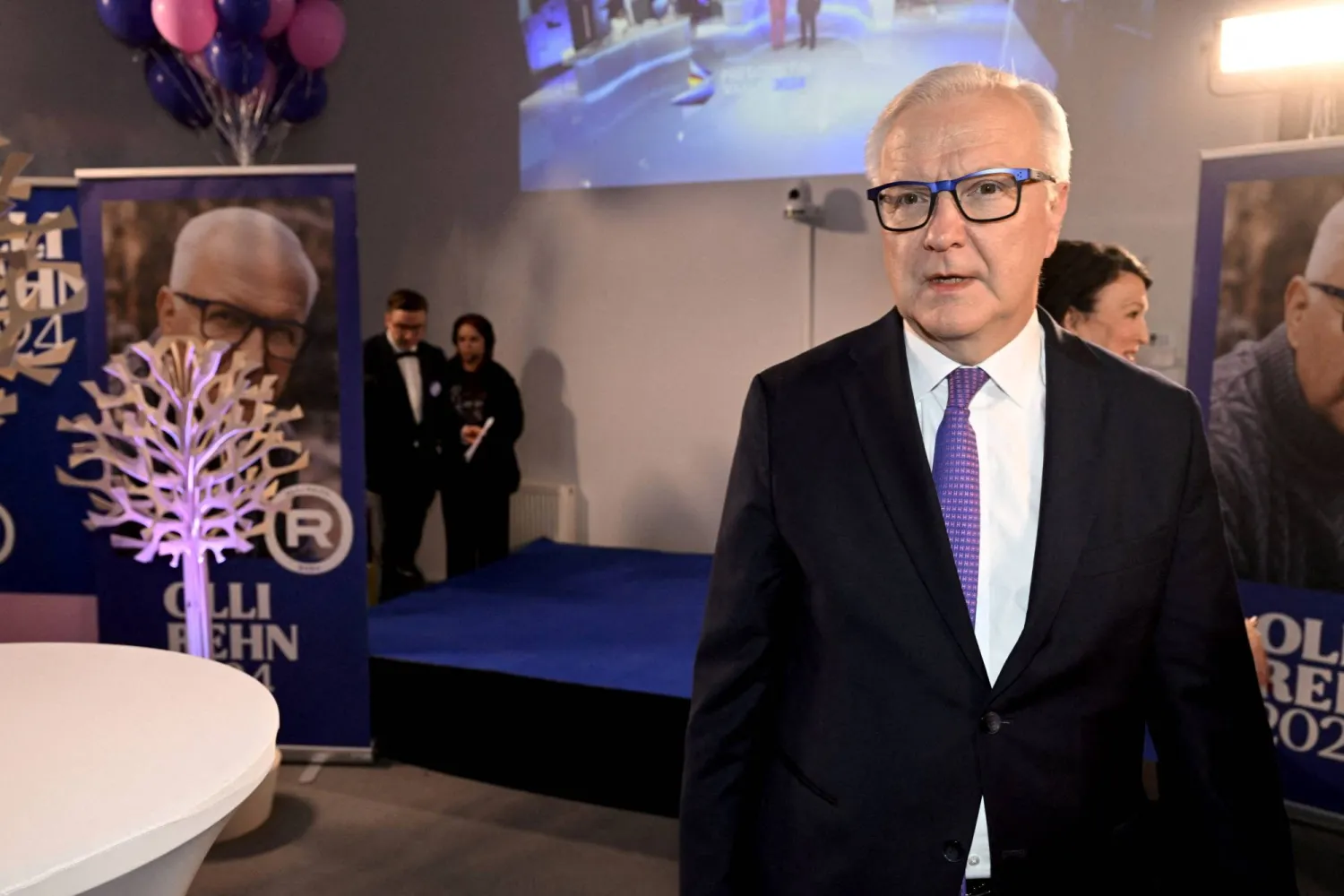Saudi Aramco retained its position as the world’s top dividend distributor, maintaining its quarterly payouts at $31.05 billion, despite a 15.4% year-over-year drop in third-quarter net profit to $27.6 billion, surpassing analyst expectations of $26.3 billion. The profit decline was mainly attributed to lower crude oil prices and weaker margins in its chemicals segment, though partly offset by reduced production royalties, income tax, and zakat.
According to Aramco’s data, the average oil price during Q3 2023 was $79.3 per barrel, down 11.2% from $89.3 per barrel in Q3 2022. The company’s dividend distributions include $20.3 billion in base dividends and $10.8 billion in performance-linked payouts scheduled for Q4.
Aramco’s CEO, Amin Nasser, highlighted the company’s strong net income and free cash flow despite the lower oil prices. He affirmed Aramco’s commitment to maintaining positive momentum and strengthening its position as a global leader in energy and petrochemicals.
In remarks to Asharq Al-Awsat, Mohammed Al-Farraj, Senior Asset Management Officer at Arbah Financial, explained the 15.4% profit decline was driven by several factors, primarily lower crude oil prices, which directly affect Aramco’s revenue and profits. Additionally, the chemicals and refining businesses faced weak profit margins due to challenges like rising operational costs and a global demand slowdown. Economic factors such as inflation and higher interest rates also impacted energy demand, pressuring Aramco’s earnings.
Al-Farraj further noted that while oil price drops reduce Aramco’s revenue and impact refining margins, the chemicals sector faces additional challenges from higher raw material and energy costs, as well as intense competition. Despite these challenges, Aramco remains committed to its generous dividend policy, reflected in its substantial quarterly payout of $31.05 billion.
Aramco’s stock remained stable, trading at SAR27.55, up by about 0.2%. According to Al-Farraj, investor confidence in Aramco is bolstered by its financial strength and regular dividends, with strong growth prospects in renewable energy and petrochemical investments.
Energy researcher and OPEC Research Fellow Dr. Youssef Al-Shammari added that Aramco has become more resilient and less dependent on oil prices for profitability. He noted that Aramco’s financial and investment strategies make it less vulnerable to oil price fluctuations. Additionally, he pointed out a general decline in global refining margins due to weaker global demand.









